I was no sooner in Madrid than General Franco was exhumed from his mausoleum not far from El Escorial. An air force helicopter ferried his remains from the Valley of the Fallen, where a gigantic stone cross marks the dictator’s grave as well as that of 34,000 Spanish Civil War dead. For four decades the dictator had lain beneath a 1.5 ton granite slab. No longer. As eight of his descendants shouldered the coffin to the helicopter, shouts went up of ‘Viva España! Viva Franco!’ from Falangist diehards behind a police cordon. Franco was reinterred the same day alongside his wife, Carmen Polo, in a family pantheon 20 miles away. The exhumation was a symbolic triumph for Spain’s socialist government under Pedro Sánchez, which has long argued that the Valley of the Fallen glorifies the generalísimo at the expense of the thousands in unmarked graves from the 1936-39 war. The elimination of the last great symbol of Spain’s dictatorship may help to win votes for Sánchez in the general election on Sunday.
I had come to Madrid to talk about Dante Alighieri and the Italian writer-chemist Primo Levi. University City, where I was staying, was the site of a savage battle for Madrid in November 1936 and still bears pockmarks of shrapnel. The campus entrance itself is marked by a monumental Arch of Victory built by Franco to celebrate the defeat of the Second Republic. Against the Republican infidel Franco had launched a self-styled ‘crusade’ which he compared to the Christian Reconquista of Spain from the Moors. Hailed as Caudillo (the nearest equivalent to Führer), Franco radiated a sour Catholic asceticism and kept Saint Teresa of Avila’s mummified hand by his bedside.
Next day I was taken on a tour of the Prado Museum. Diego Velázquez’s astonishing 1656 painting ‘Las Meninas’ (The Maids of Honour) attracts hordes of visitors. For my friend Michael Jacobs, who died in 2014 of cancer, aged 61, this was quite simply the greatest painting of all time. Michael had studied at the Courtauld Institute under the dubious Anthony Blunt, who taught him how to ‘read’ Velázquez and other Spanish Golden Age painters patronised by King Philip IV. Michael’s book on Velázquez, Everything is Happening, sadly left unfinished at his death, interrogates the mystery of ‘Las Meninas’ in all its glittery allure. I liked Michael so much that I coveted him as my mentor. Michael had first travelled to Spain in 1968 while still a schoolboy; in Madrid he discovered a world of dark, ‘thorny’ Catholicism that haunted him. (Salvador Dalí, who admired Franco, believed the word España derived from the Spanish for ‘thorn’, espina.) Francisco Goya’s notorious ‘Black Paintings’, on display in the Prado, offer images of misfits, bloody flagellants, hooded inquisitors and sideshow freaks. Though Goya was a favourite at the Spanish court, he was also a prototype war reporter. The Peninsular War, fought on Spanish soil between France and England from 1807 to 1812, was unimaginably barbarous, yet Goya chronicled its cruelties unflinchingly. A draft sketch for his canvas ‘The Execution of 3rd May’, where a French firing squad is about to execute a group of Madrid resisters, was used for the cover of the 1947 edition of Primo Levi’s If This Is a Man.
It was a relief to escape the crowded Prado to the Botanical Garden opposite. While I sat waiting at the entrance for Dale Sumner, an English expatriate who had married into the Domecq sherry dynasty, I finished Richard Greene’s superb forthcoming biography of Graham Greene, Russian Roulette. Greene did not like Franco, but his allegiances were problematic. Any Englishman who was openly anti-fascist in the 1930s was assumed to be anti-Catholic and for the Republican cause. Yet Greene was a Catholic — and a leftist. Whose side was he on? Dale Sumner turned out to resemble Graham Greene. He had been to the same school as me, Dulwich College, and was wearing an Old Alleynian tie for identification purposes. ‘I’ve lived in Madrid for 25 years,’ he said as we inspected some greenhouse dates, ‘and I must say I haven’t regretted a single day.’ Afterwards we sat in a tapas bar off Plaza del Sol, the floor littered with discarded shrimp tails.
On my last day I took a bus to Franco’s new resting place in the barrio of El Pardo, north of the city centre. At the cemetery gates, surprisingly, there were no nostálgicos (as the dictator’s faithful are called) or even curious bystanders. The anniversary of Franco’s death on 20 November, however, is likely to draw pilgrims, and turn El Pardo into what the conservative Spanish newspaper ABC predicts will be a ‘Francolandia’ of Nationalist flags and Francoist geegaws for sale. Rafael Trujillo, the Dominican dictator, happens to lie buried in El Pardo. He and Franco should get along fine.
Got something to add? Join the discussion and comment below.
Get 10 issues for just $10
Subscribe to The Spectator Australia today for the next 10 magazine issues, plus full online access, for just $10.
You might disagree with half of it, but you’ll enjoy reading all of it. Try your first month for free, then just $2 a week for the remainder of your first year.

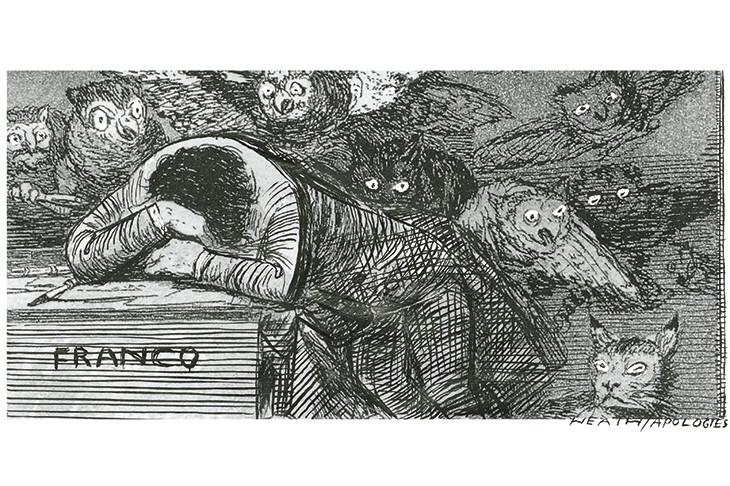
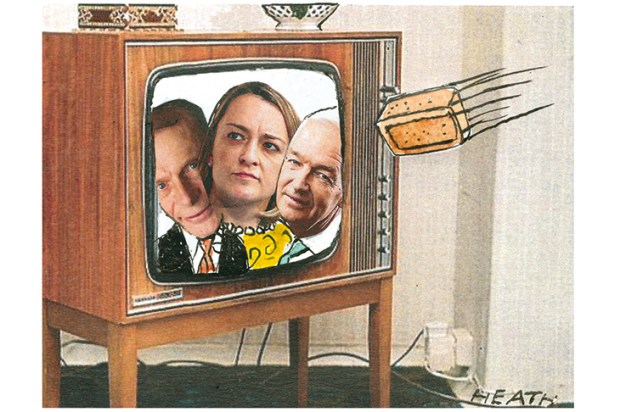
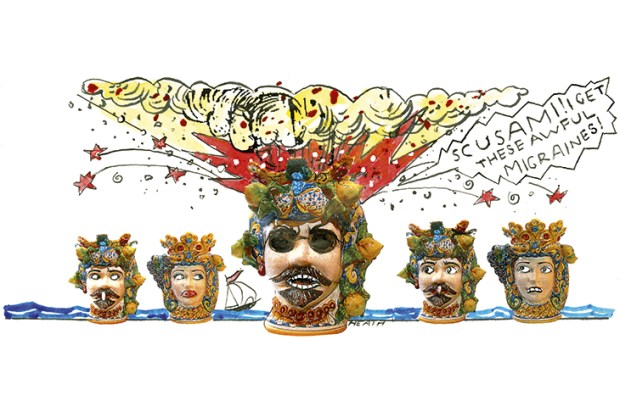
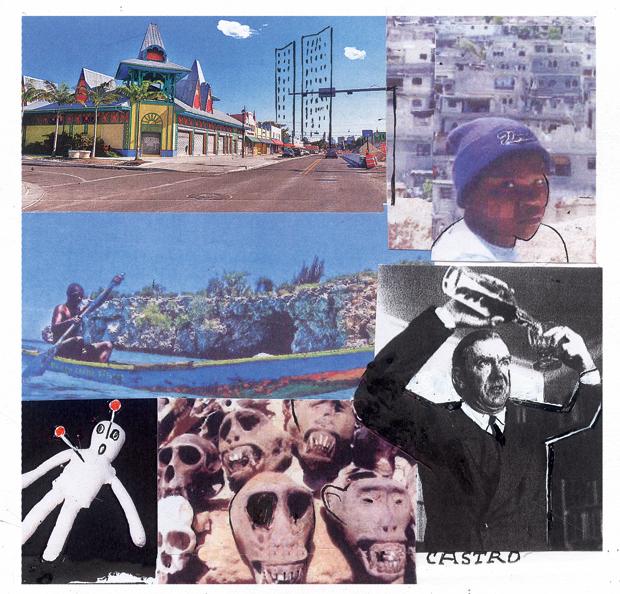

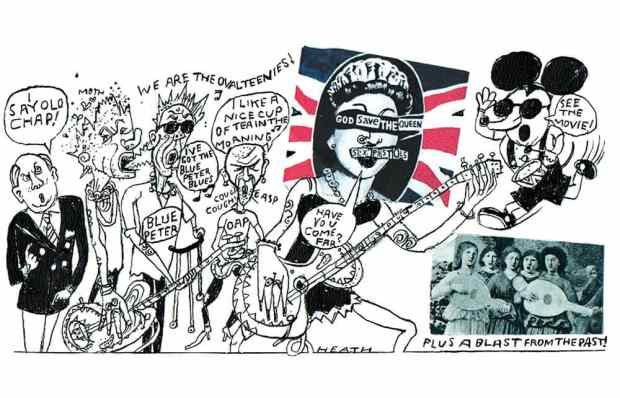
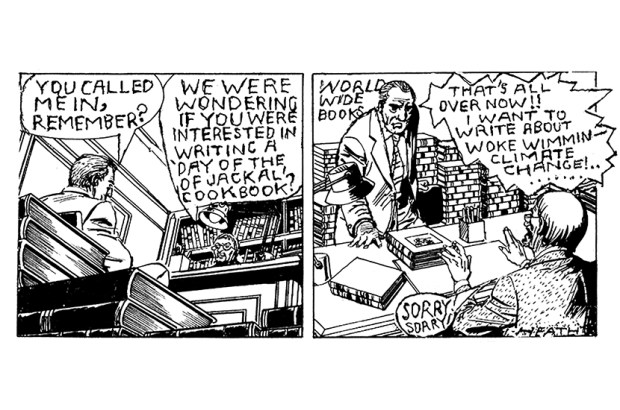






Comments
Don't miss out
Join the conversation with other Spectator Australia readers. Subscribe to leave a comment.
SUBSCRIBEAlready a subscriber? Log in